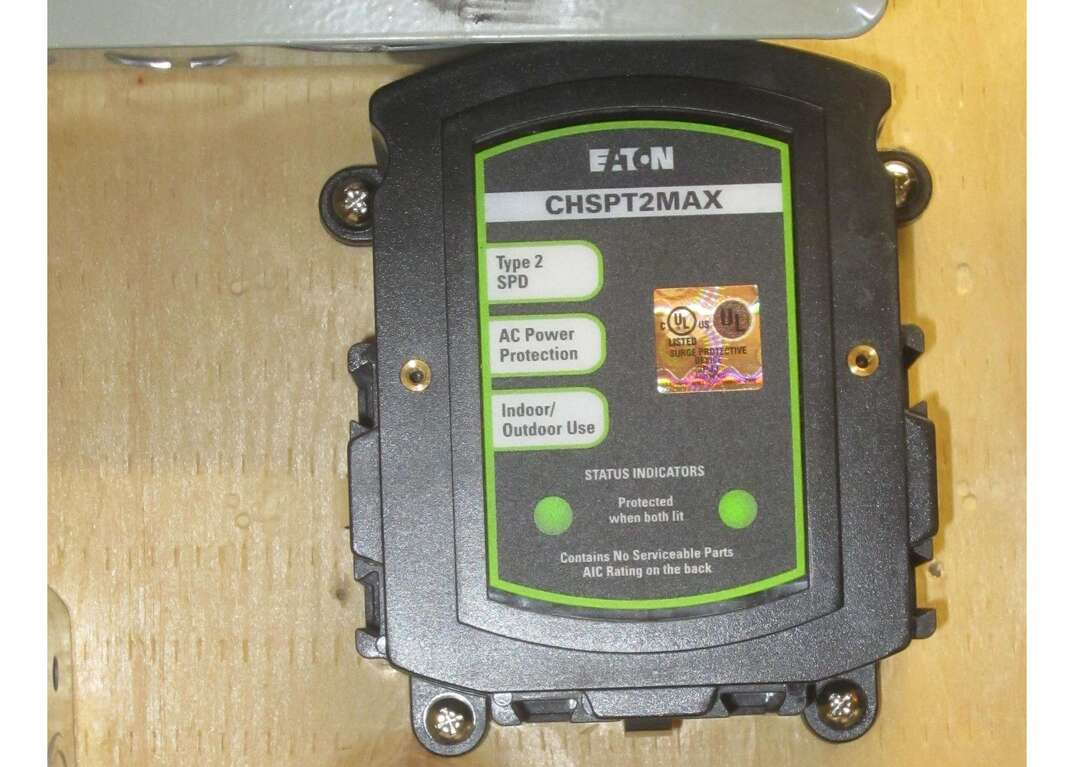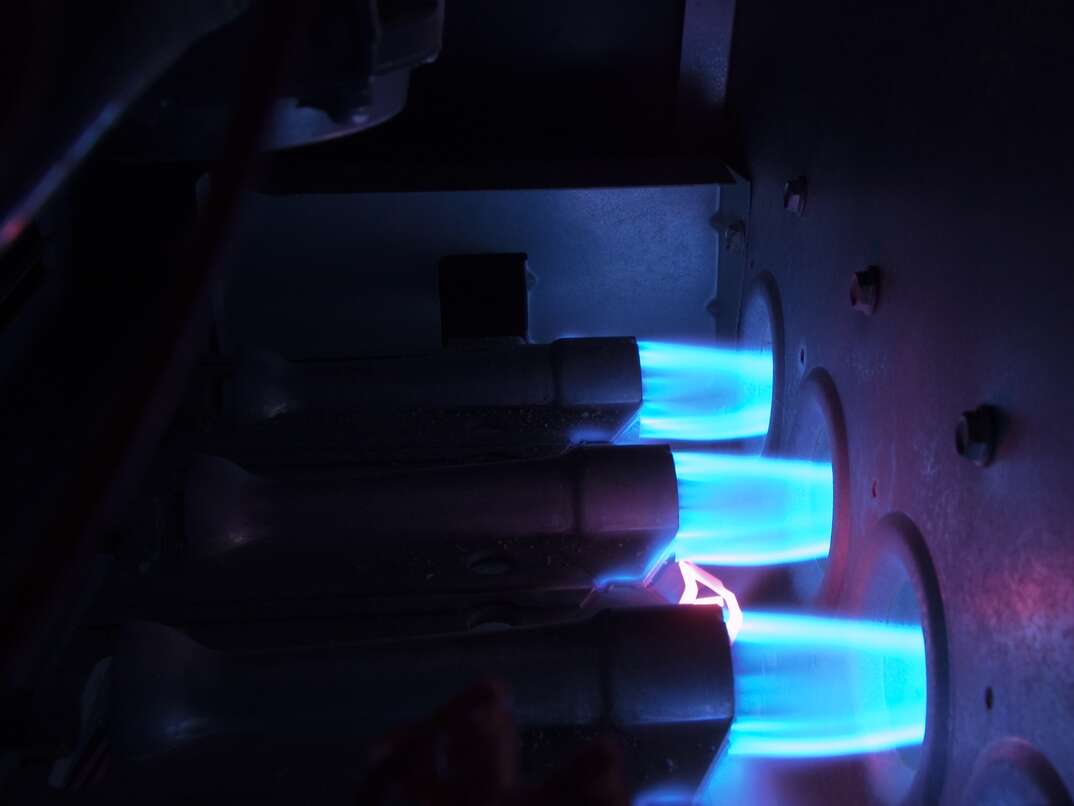What Are Electrical Hotspots — And How Do You Find Them?

Your electrical system is a complex web of connections hidden behind walls and beneath flooring that greatly impacts your daily life.
This May Also Interest You: How Much Do Electrical Repairs Cost? A Comprehensive Guide
But lurking within this network, there's a potential danger: electrical hotspots. Learn what these are, how to spot them and when it's time to call in help from professionals.
What's an Electrical Hotspot?
An electrical hotspot is a localized area within an electrical system where excessive heat accumulates. This heat is often generated by factors such as overloading, loose connections and faulty wiring. Consequently, it increases the risk of electrical fires, equipment damage and electrical system malfunctions. To ensure the safety and proper functioning of your electrical system, potential hotspots must be identified and addressed immediately.
Now that you know what a hotspot is, you’re probably wondering how to check if there are any on your property. That leads us to the next phase: finding potentially hazardous hotspots.
How Do You Find an Electrical Hotspot?
To maintain a safe, functional electrical system, it's vital you learn how to find hotspots. You are the person best placed to know there's a possible problem brewing. Here are some methods available to you.
Temperature Reading
One of the simplest ways to identify a hotspot is by taking temperature readings. A particular component or area might be a hotspot if it feels unusually warm to the touch. However, this method is limited because it relies on your sense of touch and doesn't provide precise measurements. Also, there is always a safety concern when touching live electrical components. It’s not advisable unless you know what you’re doing.
Infrared Imaging
For a more accurate assessment, consider using thermal or infrared imaging technology. Infrared cameras can capture real-time images of temperature variations in your electrical equipment. Hotspots will appear as bright spots on the camera's screen, making them easy to spot even in hidden corners. However, this method involves purchasing a suitable camera, unless you already own one.
Visual Inspection
A thorough visual inspection of your electrical components can reveal loose connections, damaged wires or signs of overheating. Look for charred or discolored surfaces, melted insulation or burn marks, as these are typical indicators of a hotspot. But beware, don’t touch any surface that you suspect is damaged because you risk serious injury to yourself and your electrical network.
More Related Articles:
- How Much Does It Cost to Replace an Electrical Panel and Ground Outlets with GCFI?
- Hiring for Wiring? 5 Tips for Finding a Trusted Electrician
- How to Replace an Electrical Outlet: A Step-by-Step Guide
- Wrong Kind of Blowout? Why Your Hair Dry Trips the Circuit Breaker
- How Much Does It Cost to Replace an Electrical Panel?
What Are the Symptoms or Signs of a Hotspot?
Fortunately, electrical hotspots often give off warnings that something is wrong. However, some people miss them because they don’t know what to look for. Let’s look at common signs indicating there’s a developing problem.
- Burning smell: If you detect a persistent burning odor near your electrical panel or outlets, it could indicate overheating and a potential hotspot.
- Flickering lights: Frequent light flickering or dimming, especially when using high-power appliances, may suggest voltage fluctuations caused by hotspots.
- Tripped circuit breakers: If the circuit breakers in your property frequently trips, it could be a sign that a hotspot is overloading the circuit.
- Discolored outlets or switches: Outlets or switches with brown or black discoloration may have been exposed to excessive heat. Consequently, there’s a risk of fire.
- Electrical devices overheating: If your electronic devices, such as chargers or power strips, become unusually hot during use, it might be due to a hotspot in the circuit.
When Should You Call an Electrician?
While identifying potential hotspots is an essential step, you should only attempt to fix the problem if you’re absolutely sure you have the knowledge and skills to do so. It’s nearly always better to call an electrician. Here are the most common scenarios that suggest you contact an expert.
- Persistent hotspots: If you consistently identify hotspots or experience recurring electrical issues, it's time to consult an electrician. This could indicate a systemic problem that requires professional assessment and repair.
- Safety concerns: If you notice visible damage, burning smells or signs of electrical arcing, do not attempt to handle the situation yourself. These are clear indications of potential danger, and a licensed electrician should address them immediately.
- Complex systems: For larger and more complex electrical systems, such as those in commercial buildings or industrial facilities, it's advisable to have regular inspections by qualified electricians to proactively address any hotspots or issues.
- Renovations and upgrades: When planning electrical renovations or upgrades in your home, involve a professional electrician from the outset. They can ensure the new installations are safe and up to code.


